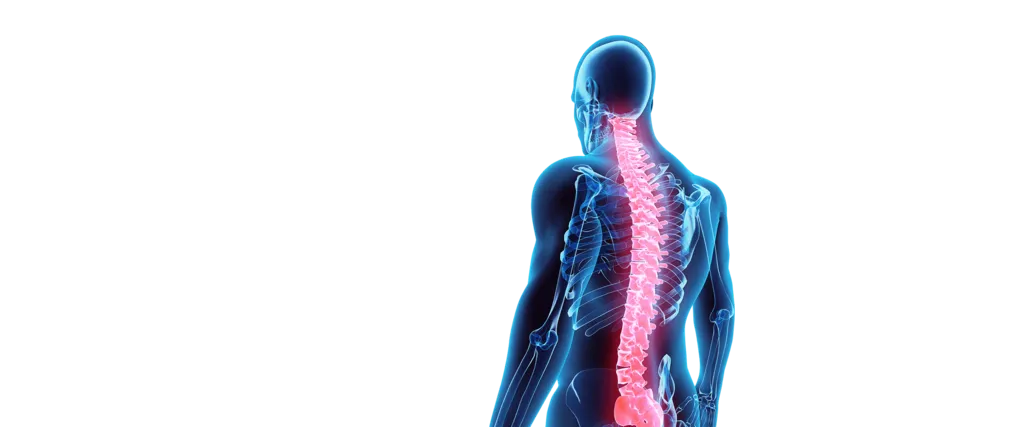
Welcome to Chiropractic Pain & Injury Center
Our Vision
At Chiropractic Pain & Injury Center, our vision is to teach our patients how to recover their health and alleviate pain, learn how to protect their body from injury, promote better movement and function so that an individual can live the best possible quality of life for the remainder of their lives.
Our Mission
At Chiropractic Pain & Injury Center, our mission is to empower individuals to live their healthiest and most vibrant lives through the natural healing power of chiropractic care. We see so many people who are suffering in chronic pain, and this does not need to happen. Our goal is to educate and inspire our patients about the benefits of chiropractic care, healthy lifestyles, functional medicine, natural healing, fostering a deeper understanding of the body's innate ability to heal itself. We aim to create a warm and welcoming environment where individuals of all ages can receive personalized treatment and guidance on their journey to better health.
Our Purpose
We strive to deliver the highest quality of care by combining advanced techniques, evidence-based practices, and compassionate patient-centered approaches. We focus on addressing the root cause of health concerns, rather than solely treating symptoms, to achieve long-term results and sustainable improvements in health.
By fostering a genuine and caring relationship with each person who walks through our doors, we aim to empower them with the knowledge and tools necessary to make informed decisions about their health and take an active role in their own well-being.






